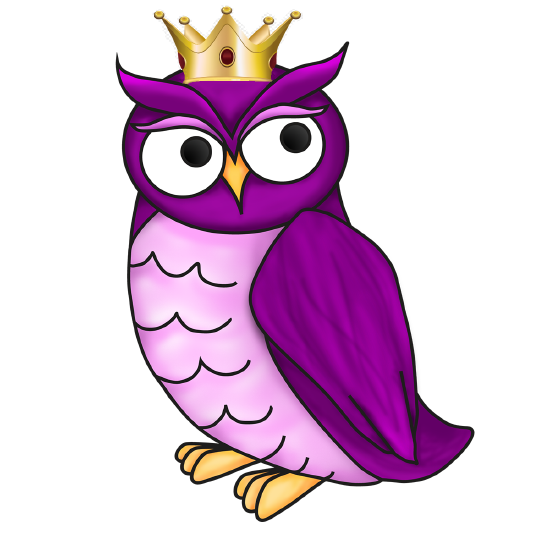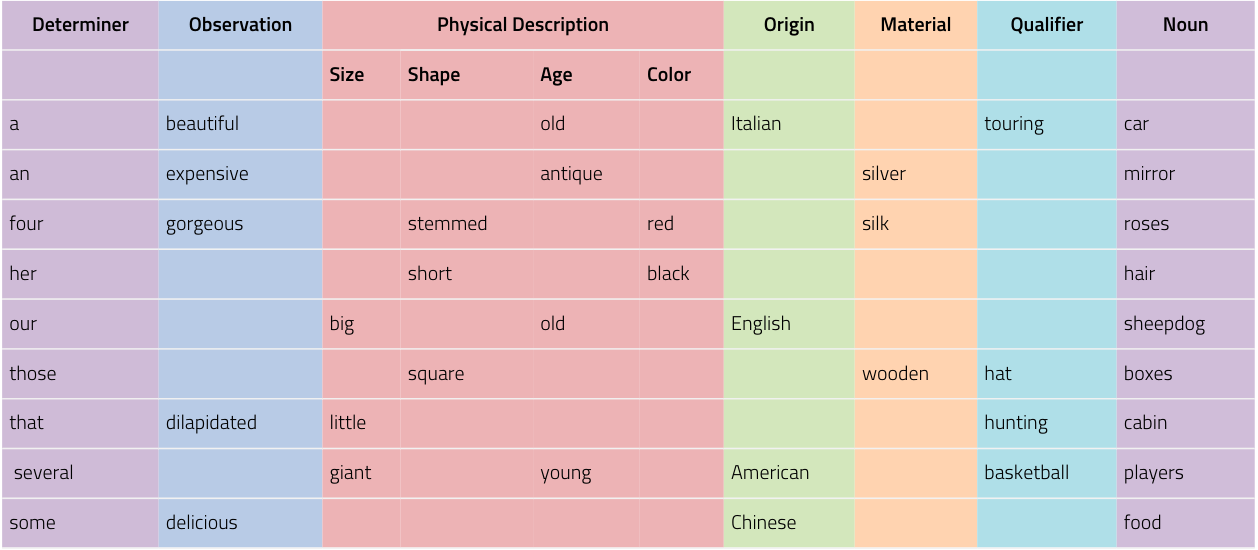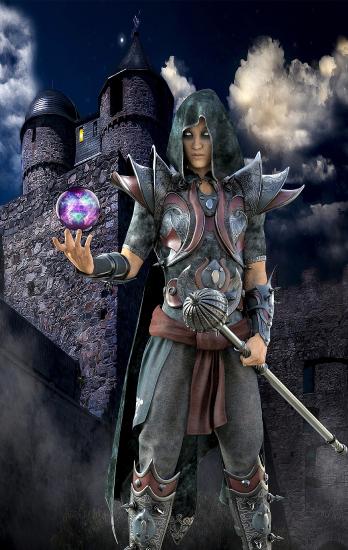An adjective modifies (describes / distinguishes) nouns and pronouns. In other words, adjectives change nouns or pronouns in some way. So movie is a noun, and a scary movie has been changed by the adjective scary.
It’s important to remember, too, adjectives, as in the case of a scary movie, give you a way to inject your point of view into your writing. You might also describe a loveable book, a beautiful dress, or an ominous sky. There’s a certain amount of subjectivity, of course, in all of these words, so you’ll want to work to keep your audience in mind when choosing your adjectives and do your best to make sure your adjectives (or descriptors) are specific, concrete, and will make sense to both you and your audience.

Order of Adjectives
Adjectives need to be placed in a particular order. What information do you post first? If you’re a native English speaker, you can probably figure out the order without any thought. That’s because you understand English grammar—even if it’s only because you know what “sounds” right. And, if you’re a non-native English speaker, you’ve probably been schooled in the order.
Below, you’ll find a table illustrating the royal order of adjectives. Again, native English speakers follow the order—but we don’t always know WHY. Think about it. Why would we automatically write four gorgeous, long-stemmed, red, silk roses rather than four silk, long stemmed, gorgeous, red roses? What drives the order in our description? The first example leads us down a logical path; the second example doesn’t let us know which details are most important.

The Royal Order of Adjectives

Source: Adapted from Adjectives. (n.d.) Capital Community College Foundation. Retrieved from grammar.ccc.commnet.edu
There are some rules, though. Here is the specific order for English language adjectives—intensifier, quality, size, age, color. Look at the two sentences again.
Four gorgeous provides the intensifier and quality; long-stemmed provides the size; red, provides the color; and silk provides an additional detail. Now look at the order of the adjectives in one of your own sentences and see if it makes sense to you.
Types of Adjectives
Comparatives and superlatives are types of adjectives, but one (comparatives) provides a relative distinction while the other (superlatives) signifies the most extreme.
Comparative adjectives often end in er, and superlative adjectives often end in est.
examples
Comparative:
My World of Warcraft mage is tougher than your character.
Superlative:
My World of Warcraft mage is the toughest character ever.

There are also some adjectives that are irregular when you turn them into the comparative and superlative, and some, usually adjectives with two syllables, require that you simply add more or most in front of them.
The following examples are of some regular and some irregular adjectives.
| Adjective |
Comparative |
Superlative |
| kind |
kinder |
kindest |
| strong |
stronger |
strongest |
| good |
better |
best |
| bad |
worse |
worst |
| careful |
more careful |
most careful |
| awesome |
more awesome |
most awesome (as in This is the most awesome OWL ever!) |






